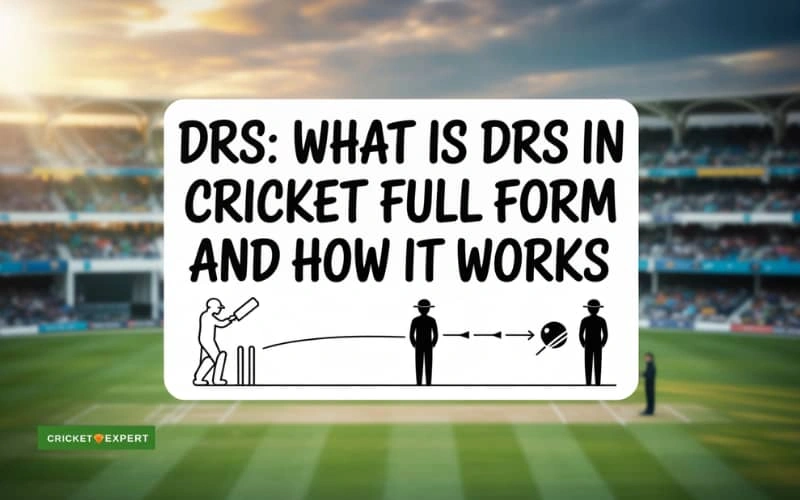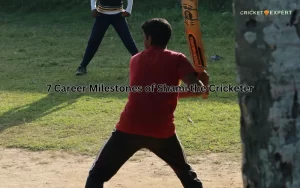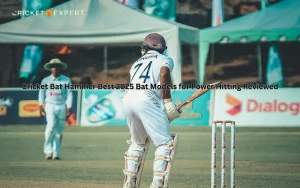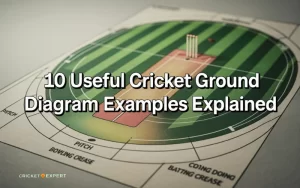In the game of drs full form in cricket, technology has played a crucial role in reducing human error and making the sport fairer. One of the most impactful innovations is the DRS system Cricket Expert. The DRS full form in cricket is Decision Review System. This system helps players challenge umpiring decisions and assists umpires with technology-driven insights to make accurate calls. Over the years, the use of DRS has grown significantly across all formats of the game.
Purpose of the Decision Review System
The DRS full form in cricket indicates its drs full form in cricket main function — to allow teams to review decisions made by the on-field umpires. Sometimes umpires may make errors in real-time due to fast-paced action or poor visibility. With the DRS, the batting or bowling side can challenge these decisions in hopes of getting them overturned based on video and tracking evidence.
History of DRS in Cricket
The concept of DRS was officially introduced in Test cricket in 2008 during a match between India and Sri Lanka. Initially, there were many doubts about its reliability, but the system has improved significantly over time. Today, the DRS full form in cricket is widely understood by fans and players alike, especially in international matches.
Components of the DRS
The DRS system relies on multiple technologies to assist in decision-making. These include:
Hawk-Eye
Hawk-Eye is used to track the trajectory of the ball. It shows whether the ball would have hit the stumps in case of an LBW (Leg Before Wicket) appeal.
UltraEdge or Snickometer
UltraEdge helps detect small edges by using sound and video synchronisation. It is crucial for determining whether the ball touched the bat or pad.
Ball-Tracking
Ball-tracking technology displays the path of the ball from the bowler’s hand to the batsman. It helps in judging LBW decisions, showing where the ball pitched and whether it would have hit the stumps.
Hot Spot (optional in some matches)
Hot Spot uses infrared imaging to detect the contact between bat and ball. A white mark appears on the screen when there is contact, aiding in edge and LBW decisions.
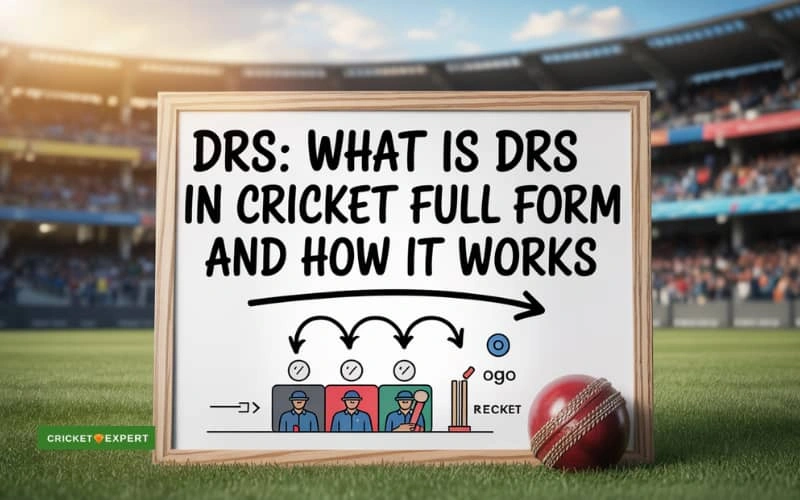
How DRS Works in a Match
Understanding how DRS works is essential to grasp the importance of the DRS full form in cricket. Here’s a simple breakdown:
- Each team is allowed a limited number of unsuccessful reviews per innings (usually two in Tests, one in ODIs and T20s).
- A player must signal the review within 15 seconds of the umpire’s decision.
- The third umpire then uses various technologies to examine the footage.
- If there is enough evidence to overturn the decision, the call is reversed.
- If not, the on-field umpire’s decision stands and one review is lost by the team.
Umpire’s Call and Its Importance
In some cases, the final decision is marked as “Umpire’s Call.” This occurs when the technology shows the ball clipping the stumps or close margins. In such cases, the original decision made by the on-field umpire stands. Although sometimes controversial, the “Umpire’s Call” rule aims to respect the judgment of the field umpire when evidence is inconclusive.
DRS in Different Formats
The use and rules of DRS slightly differ across Test matches, One-Day Internationals (ODIs), and Twenty20 (T20) formats.
- In Test Matches: Each team gets two unsuccessful reviews per innings. The reviews do not reset after 80 overs.
- In ODIs: Each team has one unsuccessful review per innings.
- In T20s: Each team also gets one unsuccessful review per innings.
In some tournaments, like the IPL, DRS is also available for checking wides and no-balls in addition to wicket decisions.
Common Scenarios for Using DRS
The DRS full form in cricket applies to the following scenarios:
- LBW Appeals: When a batsman is suspected of being leg before wicket.
- Catches: To check whether the ball has hit the bat before being caught.
- Run Outs and Stumpings: To verify whether a batsman was out of the crease.
- Wides and No-Balls: In some leagues, DRS can be used for these calls too.
Benefits of Using the DRS
- Reduces Umpiring Errors: Helps correct wrong decisions and increase accuracy.
- Adds Fairness to the Game: Allows both teams to challenge key decisions.
- Enhances Viewer Experience: Keeps fans engaged and makes the match more transparent.
- Boosts Player Confidence: Players feel supported knowing technology can back them up.
Controversies and Criticism
Despite its success, the DRS full form in cricket system has also faced criticism:
- Inconsistent Application: Not all cricket boards have adopted DRS equally.
- Cost and Access: Some countries may not afford the technology for every series.
- Umpire’s Call Confusion: The concept of “Umpire’s Call” can be hard for casual fans to understand.
However, as technology improves and becomes more affordable, these issues are gradually being addressed.
DRS in Domestic Leagues and Women’s Cricket
The usage of DRS is also expanding to women’s cricket and domestic leagues such as the Indian Premier League (IPL), Big Bash League (BBL), and The Hundred. In these competitions, players are becoming adept at using the DRS full form in cricket effectively, helping teams make smarter decisions during close calls.
Tips for Using DRS Effectively
- Teams should use DRS wisely and not waste it on guesses.
- Captains and wicketkeepers must communicate clearly before going for a review.
- Bowlers should remain calm and seek inputs from teammates who had the best view of the incident.
Conclusion
The DRS full form in cricket stands for Decision Review System, and it has revolutionized the way cricket is played and viewed. It ensures fairness, accuracy, and confidence in umpiring decisions. While no system is perfect, DRS has proven to be a vital part of modern cricket and continues to evolve with better technologies and wider adoption.
By understanding how DRS works, fans and players alike can better appreciate its role in the game. As cricket continues to embrace innovation, DRS will remain a key element in making the sport more transparent and just for all involved.


